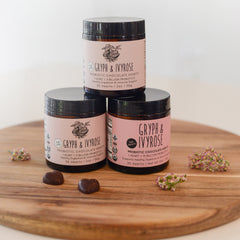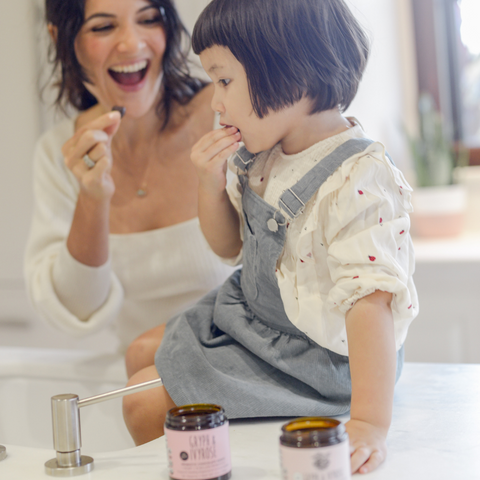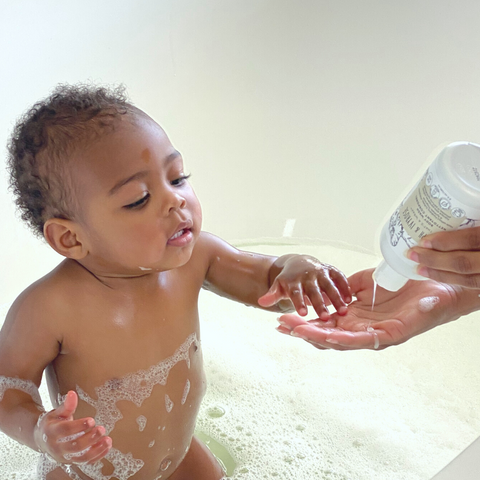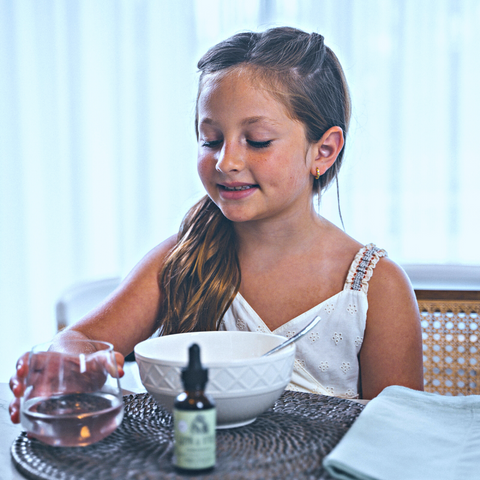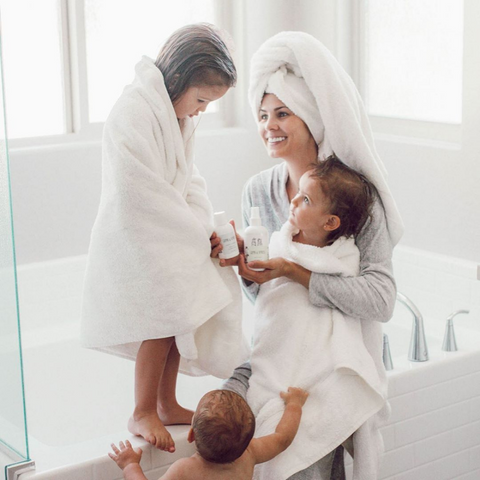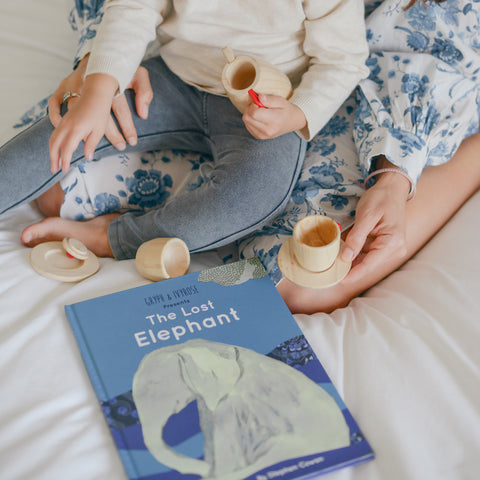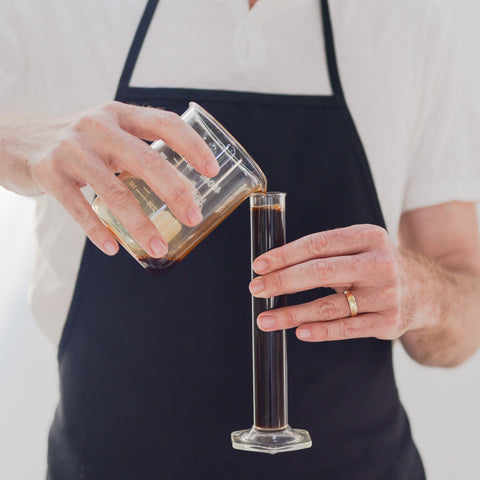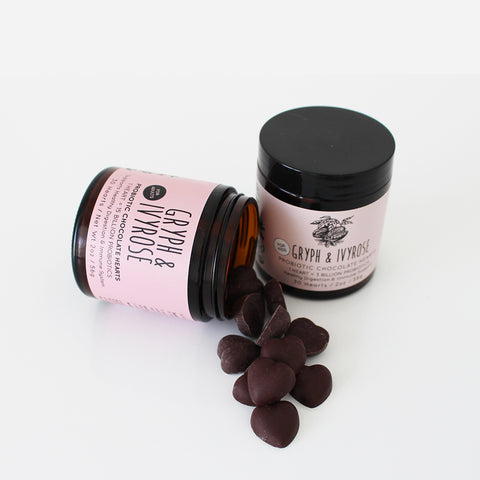“Mom I wet my bed, again.” Do you wake to a bedwetting report from your child often? Has your child always wet the bed? Did he/she begin wetting the bed after being potty trained for months? If you wake nightly to change your child’s wet sheets, you are NOT alone!
What is Bedwetting?
Bedwetting (aka enuresis) is a form of pelvic floor dysfunction. What is the pelvic floor? It’s the hammock of muscles at the bottom of the pelvis. It has several functions, including keeping in urine, feces, and gas. Bedwetting can easily frustrate both the child and parents. Parents are often told a child will simply outgrow it. Although many children do outgrow bedwetting, many do not. It is impossible to predict which children will outgrow it. If your child has had bedwetting that has persisted for years, most likely, there is the possibility it will continue into adolescence and even adulthood. Early intervention is key in overcoming bedwetting. If your child is over 4 years of age, seek help.
Let’s take advantage of the extra time at home!
Given the time for the writing of this blog post (Corona virus pandemic), many families may have more opportunity/time to address any kind of urinary leakage their child has. As a pediatric pelvic floor physical therapist, I work with children regularly who have enuresis, daytime leakage, constipation, fecal leakage (encopresis) and other forms of pelvic floor dysfunction. Here are some tips for addressing bedwetting while you are at home:
- Log your child’s bowel, bladder, and dietary habits for 3 consecutive days. Note how often they urinate during the day, frequency of bowel movements, and eating habits. If you note your child ingests most of their fluids in the evening, encourage them to drink more during the day. Many people say to limit fluids before bed but I do not advise families to deny a child a drink if they are thirsty. Making sure they are hydrated enough earlier in the day can help in this situation. There is not a magic amount of water a child (or anyone) should have. However, a child should drink enough water so that their urine is a pale yellow color.
- Look at your child’s poop! Note how often they are having a bowel movement and what the stool looks like. Constipation is often the culprit behind bedwetting as a full colon will push against the bladder. (bonus info- a child can have a daily bowel movement and still be backed up with stool). The Bristol stool chart is a great resource to compare stool images (We want to see #3 or #4 stool types). Constipation also leads to pelvic floor tightening which will have an adverse effect on a child’s ability to release urine when using the toilet.
- Look at your child’s diet. Does your child ingest a balanced diet? A diet rich in acidic fruit juices can irritate the bladder leading to urinary frequency and leakage. Other bladder irritants include chocolate, soda, spicy foods, and artificial sweeteners. A lack of water can lead to acidic urine, which causes increased urinary frequency. A lack of fiber and water can result in constipation, which we know often leads to bedwetting.
- Check your child’s bed. For a few nights, periodically go into your child’s room and feel for wetness in the bed. See if you can narrow down the window of time when the bedwetting occurs. This will help you plan a wake time at night to have your child use the bathroom and avoid wetting the bed.
- Stay calm. I have yet to meet a child that wets the bed purposefully. Do not reprimand them for it’s likely out of their control. Contact a pediatric pelvic floor physical therapist for a detailed assessment and individualized plan of care to assist your child in becoming dry. A pediatric pelvic floor physical therapist will provide a holistic evaluation to determine the cause of the bedwetting. An assessment will include an evaluation of posture, overall strength, pelvic floor strength/coordination, and more. A unique treatment plan will be devised for your child, possibly including retraining of the pelvic floor muscles, postural training, and bladder training.
Marina Castellanos, PT is a physical therapist in Westchester, NY specializing in the treatment of pelvic floor disorders for women, teenagers, and children. She has worked in the area of developmental pediatrics for 20 years, including 5 as a pelvic floor specialist. She is committed to helping children develop healthy bladder/bowel habits and overcoming pelvic floor disorders. Check out her website at www.marinacpt.com.


